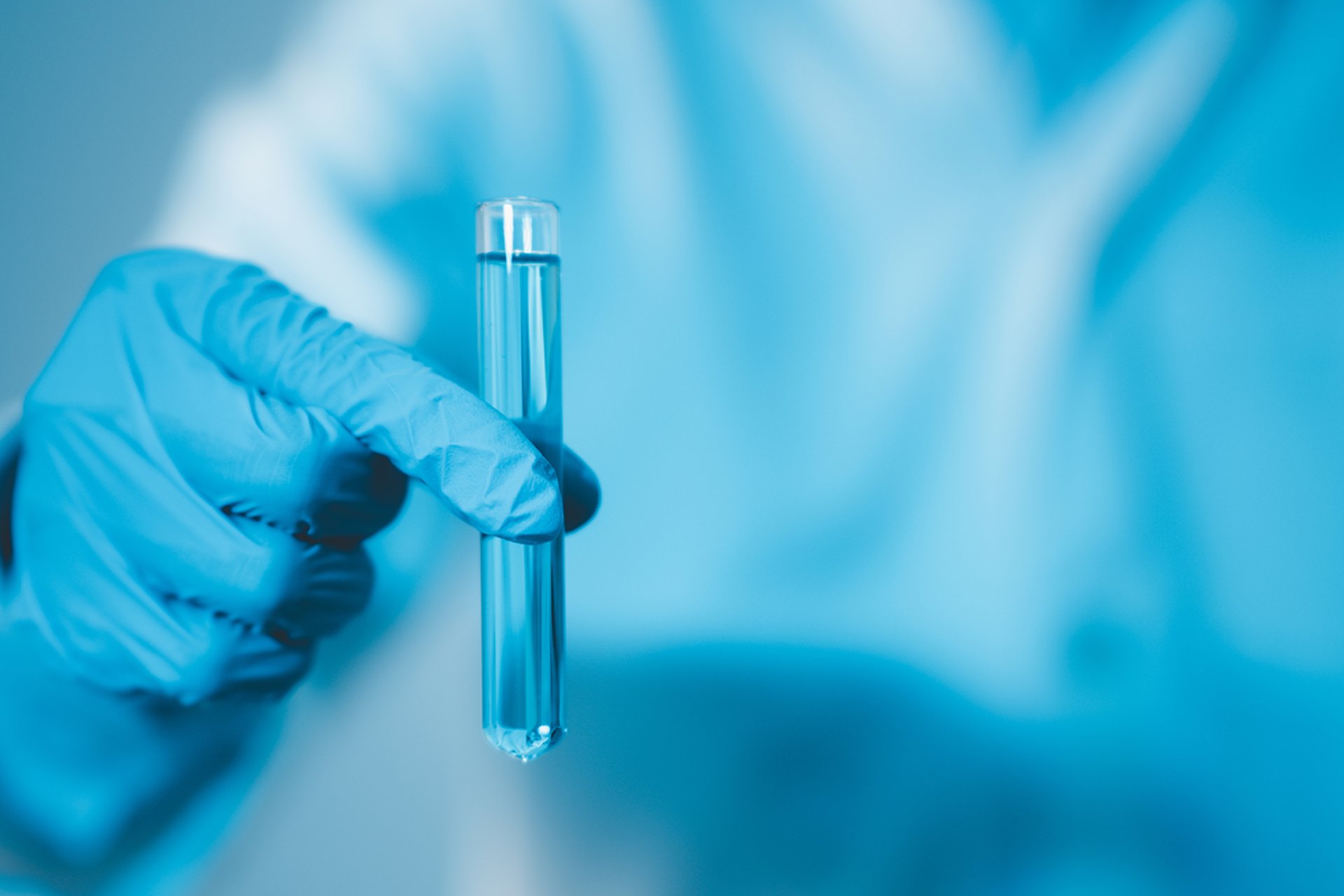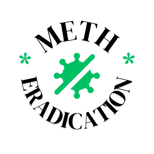
From Contamination to Renewal: How Eco-Friendly Meth Cleanup Revives Communities and Nature
The Lingering Shadow of Meth Contamination
Meth leaves behind more than physical damage—it fractures communities and poisons ecosystems long after the drug itself is gone.
1. The Hidden Dangers in Abandoned Spaces
Toxic Residues: Meth chemicals cling to walls, carpets, and ventilation systems, posing health risks to future occupants, including respiratory issues and neurological harm.
Environmental Decay: Untreated contamination seeps into soil and groundwater, harming local wildlife and rendering land unusable for years.
2. The Human Cost of Neglect
Stigmatized Properties: Contaminated homes and buildings drive down neighborhood property values, perpetuating cycles of poverty.
Lost Opportunities: Vacant lots and abandoned structures become symbols of despair, discouraging investment in community growth.
3. Traditional Cleanup’s Shortcomings
Harsh chemicals and energy-intensive methods used in conventional decontamination often compound environmental harm, creating a paradox: solving one problem while worsening another.
The Power of Eco-Friendly Meth Cleanup
Sustainable decontamination isn’t just a process—it’s a philosophy. Here’s how we do it differently:
1. Science Meets Sustainability
Green Chemistry: We use plant-based, biodegradable cleaners that break down meth residues without releasing toxic fumes or runoff.
Energy Efficiency: Solar-powered air scrubbers and low-emission equipment reduce our carbon footprint during cleanup.
Circular Waste Management: 95% of hazardous materials are recycled or neutralized through EPA-certified partners, ensuring nothing ends up in landfills.
2. Restoring Ecosystems, One Cleanup at a Time
Soil Regeneration: After decontamination, we reintroduce native plants and organic matter to revive soil health, supporting local biodiversity.
Water Protection: Our methods prevent chemicals from leaching into waterways, safeguarding drinking supplies and aquatic life.
3. Community-Centric Renewal
Affordable Housing Advocacy: We partner with nonprofits to convert decontaminated properties into low-income housing, addressing homelessness at its root.
Public Space Revitalization: Former meth labs become community gardens, playgrounds, or solar farms—spaces that foster connection and hope.
How You Can Support the Movement
For Property Owners:
Choose eco-friendly cleanup to protect your investment and the planet.
Advocate for sustainable decontamination policies in local government.
For Communities:
Host workshops on recognizing meth contamination signs (e.g., strange odors, chemical burns on walls).
Partner with organizations like ours to repurpose blighted spaces.
For Everyone:
Share stories of renewal to combat stigma around addiction and contamination.
Support housing-first initiatives that address the root causes of meth use.
Conclusion: Building a Greener, Healthier Future
Meth contamination doesn’t have to be a dead end—it can be the start of a new chapter. By prioritizing eco-friendly cleanup, we’re not just erasing damage; we’re planting seeds for healthier communities and a thriving planet.
At Meth Eradication, we’re proof that sustainability and compassion can turn even the most broken spaces into something beautiful.
Ready to transform a contaminated space into a force for good? Contact us today to learn how eco-friendly decontamination can revive your property and your community.


